The first “died on mission” of the EU, it was 20 years ago
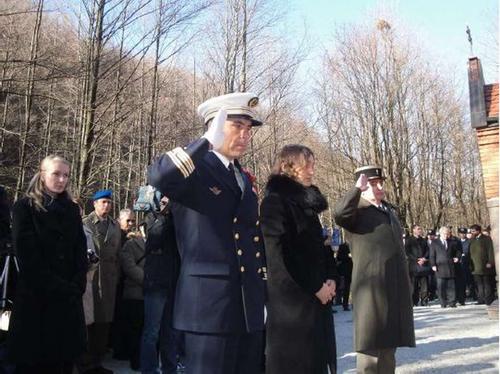
(BRUXELLES2) The anniversary went relatively unnoticed, except for my colleague Jean Guisnel who recently recalled him and a ceremony organized by the families on the spot, in Croatia. Twenty years ago, in the former Yugoslavia, the first "soldiers" of the European peacekeeping mission died, the European Commission Observation Mission (ECMM).
NB: One can only be struck by the discretion, even the indifference, of the institutions and officials, whether at the European Commission or the European Parliament. However, they were long before there was a European defense policy, the first "European soldiers who died on a mission".
A deliberate fire from the Serbian air force
It is 10 am when the two Italian AB-205 and AB-206 helicopters assigned to the European mission leave Surcin airport (Belgrade, the Yugoslav federal capital). They cross the Hungarian border in the direction of Kaposvar, where they refuel. Then they cross the border towards Zagreb. Both helicopters are painted white and clearly branded with the European Commission logo. This leaves no doubt about their identity.
It is then 14:10 p.m. And we are about 80 km from Zagreb, above Produte (between Novi Marof and Varazdin). Colonel Enzo Venturini pilots the first helicopter, the AB-205. Renato Barbafiera piloted the second, the AB-206, which followed at about 150 meters. Barbafiera recounts, according to the Serbian daily Vreme: I heard a dull noise and felt vibrations. Then I saw Enzo's helicopter go down. I veered left and landed in 30 seconds ". The last recorded message (according to Croatian radio) was "don't shoot, don't shoot". The Mayday signal will be the last emitted. The helicopter has just exploded in the air hit by an air-air missile. The second helicopter will owe its salvation only to the quick reaction of the pilot to avoid the shots.
On board the aircraft, 5 men (4 Italians and 1 French): the pilot, Lieutenant-Colonel Enzo Venturini (50 years old) volunteer since October 1991, veteran of the UN mission in Lebanon in 1988-1989; the co-pilot, Sergeant Marco Matta, (28) had just celebrated his birthday and was due to finish his military service in 2 days; Silvano Natale (40 years old, 2 children) also a former member of UNIFIL; Fiorenzo Ramacci, the mechanic; and the French naval lieutenant Jean-Loup Eychenne (34 years old, 3 children), who served on the aircraft carrier "Clemenceau" during the Iran-Iraq war.
At the origin of the shooting, a patrol of Mig 21 of the 117th squadron of the Yugoslav federal army which had taken off shortly before from the airport "Zeljava" near Bihac. The shooting was not due to chance, according to a (Croatian) pilot Danijel Borović, who was stationed at Zeljava airfield at the time: I heard the order to lower the helicopter ».
The explosion occurs just before a decision by the UN Security Council to send a team of 50 military observers to Croatia, a prelude to a larger deployment of 10.000 blue helmets.
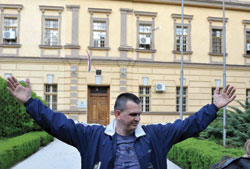
The Serbian pilot alone condemned
The Yugoslav Ministry of Defense pleads first " an unfortunate set of circumstances "linked to the" extremely difficult situation in the airspace ". In fact, it seems that the order to lower the helicopter has been given. He will resign the day after the incident, on January 8. The pilot of the Mig 21, Emir Sisic, was prosecuted and effectively convicted. Sentenced in absentia in Croatia to 20 years in prison, with his boss, Dobrivoje Opacic, on September 30, 1992 by the court of Veradzin, he was also the subject of an arrest warrant. Arrested in Hungary, ten years later, while crossing the border, Sisic was transferred to Italy and then sentenced in 2003 to life imprisonment. This sentence will then be reduced on appeal to 15 years in prison, on February 15, 2004. Transferred to Sremska Mitrovica prison (in Voivodina) in 2006, he was finally released on parole at half his sentence, in May 2008 (see . photo). A second trial opened in Italy in 2008 against the principals: the head of the Bihac air center, Colonel Dobrivoje Opacic; the head of the 5th Air Defense Corps, General Liubomir Bajic; the Chief of Staff, General Blagoje Adzic; the head of the air defense force combat group, Colonel Bozidar Martinovic. They were acquitted at first instance in July 2008.
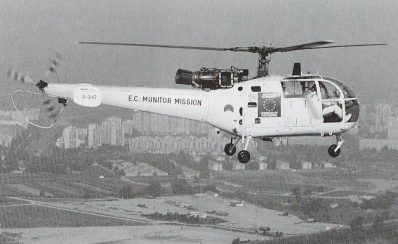
The European Commission observation mission
After the Brioni agreements, negotiated on July 7 by the European Commission, the team was responsible for verifying the ceasefire in Croatia from the summer of 1991. The first 20 observers arrived in Slovenia on July 15, 1991 and gradually increase. Observers from 12 Member States of the EEC participate as well as several other European countries (Czech Republic and Slovakia, Denmark, Norway, Sweden, Poland) and Canada.
Croatian shooting at a helicopter in September
This is not the first time that European observers have been directly threatened. The Yugoslav army Mi8 helicopter carrying the EU negotiator, the Dutch ambassador Winaendts, and a television crew from the British channel ITN, had already come under fire a few months earlier, on September 11, 1991 and forced to land. " Our helicopter was hit in several places. (...) there are bullet holes. The engine has been hit. And from one of the outer tanks is leaking gasoline. We're lucky it didn't explode says Ambassador Wynaendts (in his book "the gears). Apparently, the European apparatus has been " caught under automatic weapon fire near Bogicevi, a village held by the Croatian national guard ».
Read also: in memoriam

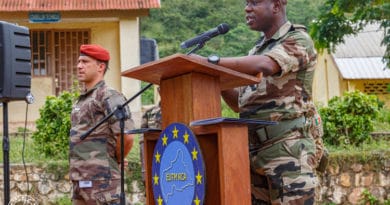
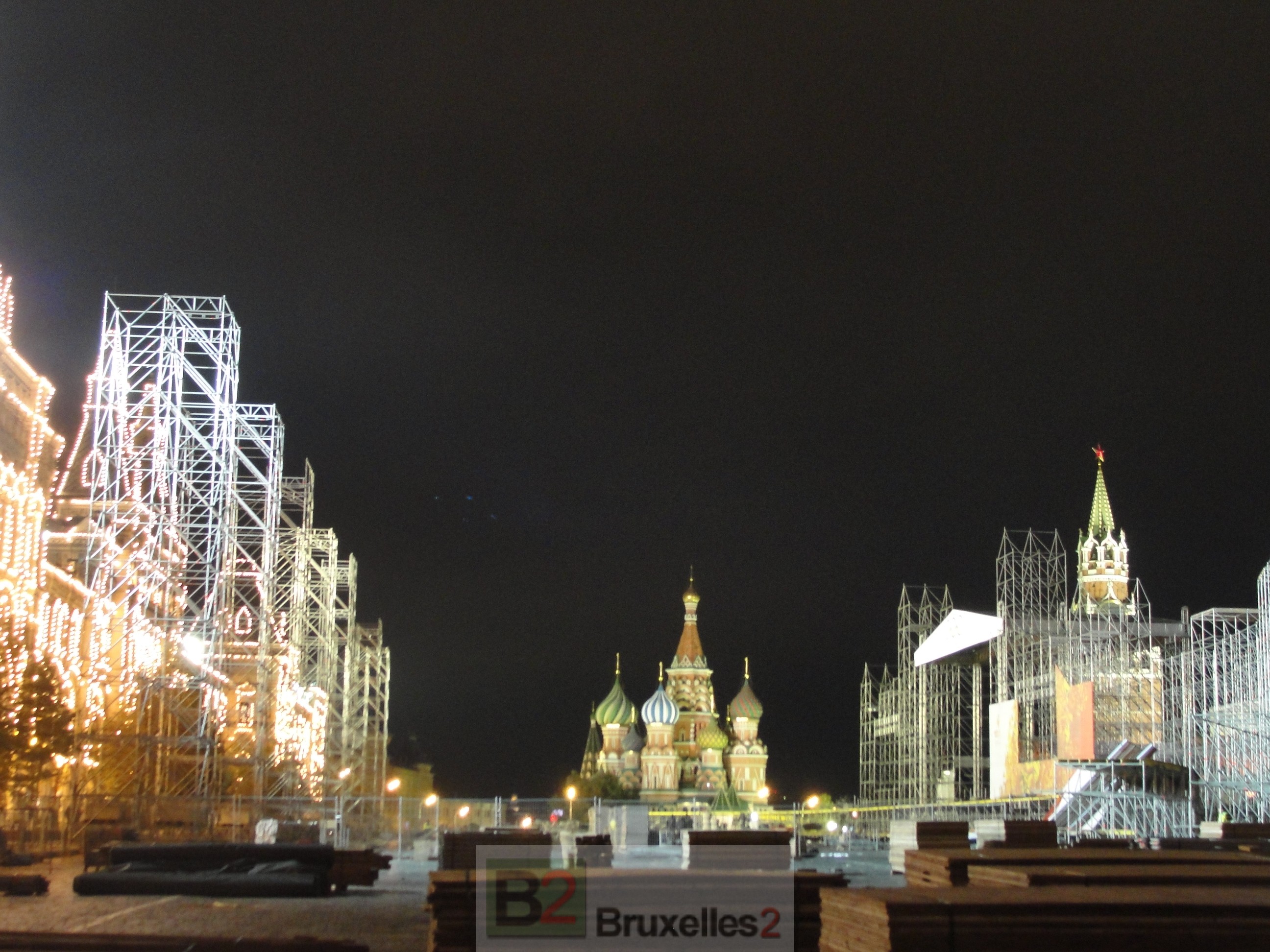
Also read from official sources:
http://www.defense.gouv.fr/marine/actu-marine/commemoration-du-20eme-anniversaire-de-la-mort-du-lv-eychenne-en-ex-yougoslavie